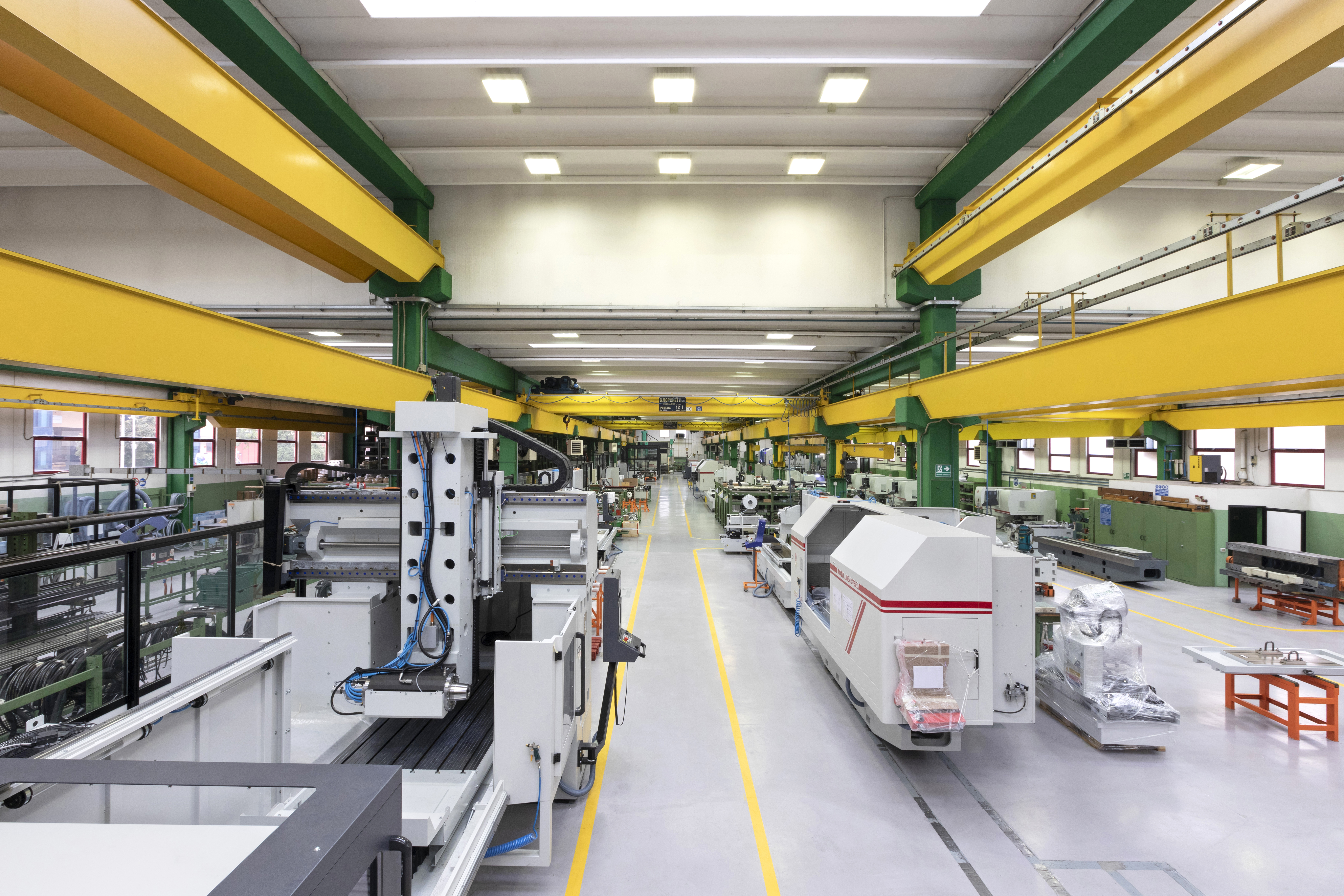7 Steps To Choosing The Right CNC Machine Tool
Coming in a variety of different shapes, sizes, speeds, and other dimensions, CNC machine tools are the workhorses of the precision engineering and manufacturing industry. These indispensable machines on your shop floor have a wide variety of uses – from mold & die to fabricating complex medical, automobile or aircraft parts, just to name a few.
Equipped with varying degrees of software and automation, they can help to significantly improve the efficiency of your machining processes and ultimately the quality of your parts. The challenge, however, comes in selecting the right CNC machine tool for your company. With such a wide range of factors to consider, how do you narrow down to the most critical factors?
Here’s a useful checklist for you to start with.
#1 Current Machine Tool Set-Up And Operator Experience

Photo Courtesy of Hwacheon
First, you need to consider what the current machine set-up is like at your factory, and how much experience your engineers and operators have in using CNC machine tools. If you already have existing machines, you should evaluate if they are still appropriate for their manufacturing purposes, see where your current gaps are, assess your machine life span, and evaluate the cost effectiveness of replacing an existing machine with a newer higher performing one. The expertise and proficiency of your machine tool operators will also play a critical role. Generally speaking, more highly automated smart machines require less human intervention than simpler machine tools with limited functions.
#2 Part Difficulty And Complexity

One of the greatest challenges in CNC machining is the complexity and precision of the parts to be produced. Parts for automotive, aerospace or medical industries may require advanced CNC machines, where various spindles are selectable, capable of maneuvering, cutting, boring and shaping parts controlled through multiple axis. Examples of these machines include 3 to 5-Axis Machining Centres and 2 to 8-Axis Turning Centres. They allow one, two or even Multi-Spindle (mass production) designs.
From standard to highly complex jobs or for batch production, you may consider either Horizontal or Vertical CNC Lathes with 2 to 5-Axis or Milling Machines with 3 to 5-Axis.
#3 Materials To Be Machined

CNC machine tools are capable of working on virtually most materials, including aluminum, copper, mold steel or hardened steel and titanium. The type of material to be machined will influence the machine design and the spindle to be selected, and also the levels of performance, durability, load bearing and precision that can be realized. Physical properties and optimum cutting conditions of the material will also influence machine tool factors such as the maximum spindle speed, peak spindle motor horsepower and max spindle motor torque needed.
#4 Linear Motion (LM) Guide Ways Or Box Guide Ways

Next, you need to consider if you should choose a CNC Machine tool using the linear guide (LM) way system or the stronger and more rigid box guide way design. There are four main factors you need to consider here: speed, rigidity, load carrying capacity and tool life. CNC machines that are built with LM guide ways tend to be faster but more suitable for lighter-duty applications. On the other hand, machines with box guide ways are more rigid, have less vibration, and are capable of taking on heavier cuts on large parts. However, these are normally slower than those with LM guide ways.
In choosing between the two, it is useful to ask yourself the following questions:
- What will the material to be cut be?
- How much damping of vibrations is needed?
- What are the desired cutting feed rates?
- What are the expected and required tool life?
#5 Types Of CNC Control System

When choosing the right machine tools, you need to also match your choice with the selection of the most practical CNC controls. This will not only depend on the levels of automation but include the number of axis to be controlled as well as the manual interventions needed during the production process.
You should go beyond choosing the nicest and biggest screen for your CNC control, and consider the following important factors:
- Reliability of the CNC controls
- Effectiveness of the controls
- Software stability
- User friendliness – are you able to find operators for these controls?
#6 Cost Per Part

In order to determine this, you need to consider both your fixed costs and variable costs:
- Fixed costs: Initial capital investment, depreciation of machine, loan interest (if any)
- Variable costs: Material cost, manpower costs, tooling costs, maintenance and servicing costs, spare parts costs
Note that choosing the cheaper machine doesn’t necessarily guarantee that you’ll enjoy better production effectiveness or factory profitability in the long run.
#7 Available Space At Factory

Last, but certainly not least, you will need to consider how much space you have in your shop floor to accommodate the new machine tool.
Naturally, this varies from industry to industry, and may include the following factors:
- Maximize utilization of available floor space
- Minimize the movement of workers from machine to machine
- Material flow and space for movement of materials from point to point
- Increase productivity
- Chip disposal
- Safety conditions for workers
- Space for future expansion
- Available power points
Used for Mold & Die applications, CNC technology provides an easy way to ease labour shortages. Send the CAD file to the machine, press four buttons and the machine does the rest. Available for machining effectively Graphite Electrodes and – new – mold inserts as well as mold cores. CNC machine tools are big investments. However, they can definitely be worth your investments so long as you take the right steps in choosing them the right way.

.png)
